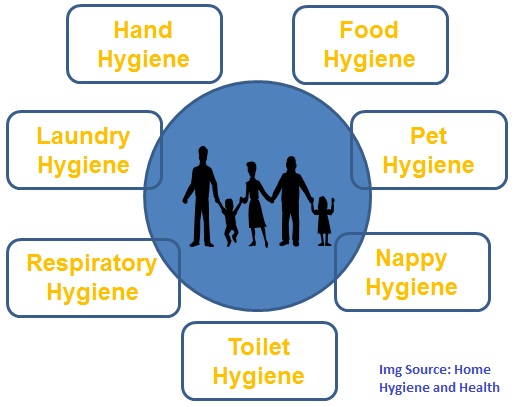The infection prevention and control measures in health care facilities are discussed widely. But, the home and everyday life settings are left behind. In fact, these settings are also at the greatest risk of transmission of infections. Above all, these settings have people with a high risk of infection. The elderly, young children and immunocompromised people are especially at a higher risk. Consequently, these are the group that requires special care.
The drug-resistant strains of bacteria can enter the home through people who are colonized or food. Likewise, it can spread to other members of the family via hands and contaminated surfaces. However, targeted hygiene measures can break this chain. This means, focusing the hygiene practices in place and time when harmful microbes are most likely to be spread. Low and middle-income countries with more risk factors need to adopt these measures. To read more, kindly visit the website of the American Journal of Infection control, through the link







